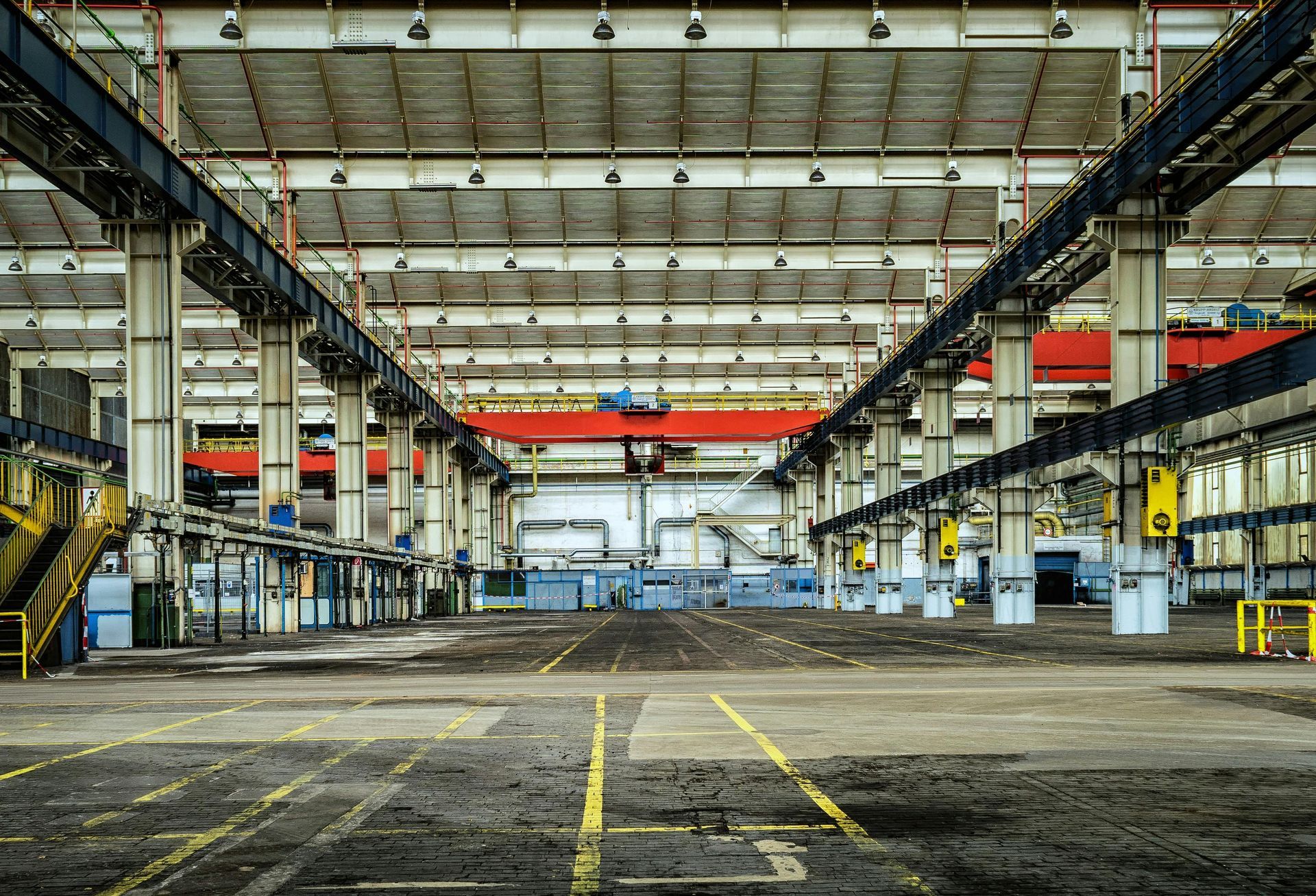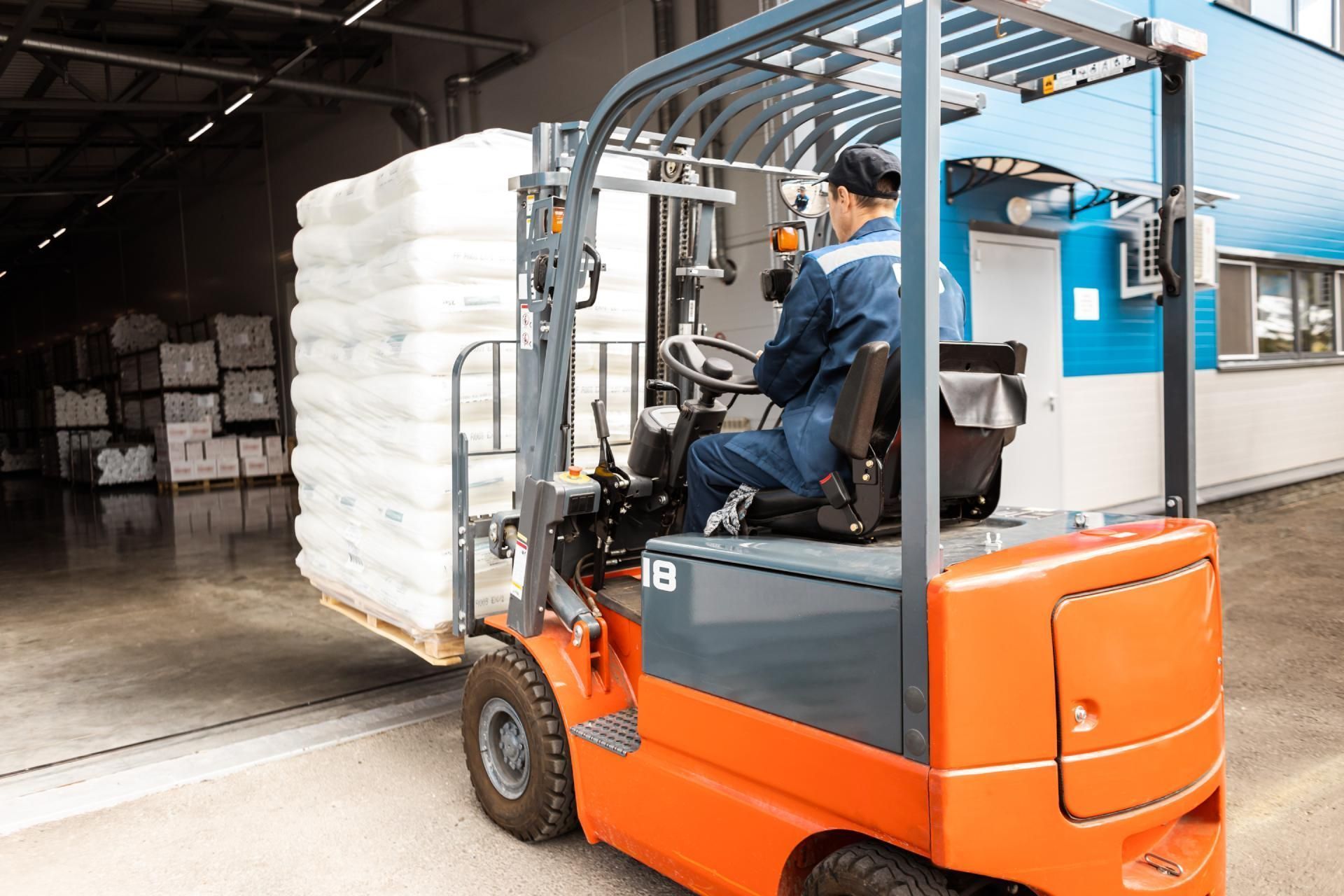Top 3 Common Forklift Repair Needs
Common Forklift Repair Needs
Common Forklift Repair Needs. Forklifts are an essential part of a well-functioning warehouse. When you’ve got a forklift down, productivity goes down with it. When outages go on too long, you feel it in your bottom line. Here at Benco Industrial Equipment, not only do we pride ourselves on doing forklift repair well, we also pride ourselves on doing it quickly. We’re here to be a trusted partner to warehouses in and around St. Charles, Missouri. Not only do we provide forklift repair services, we can also provide forklift rental while yours is in the shop. That means you can get back up to 100% while trusting that your forklift is in good hands.
We see a lot of issues with the forklifts that come into our shop, but they all tend to fall into three broad categories.
Does your forklift start?
The most obvious issue is a forklift that won’t turn on. This problem can have several different causes. Much like a car that won’t start, this issue can often be traced back to a dead, faulty, or otherwise compromised battery. If the battery looks fine, an overheated engine may be to blame. Your first move in that situation is to check the coolant level. If that’s not the culprit, a quick check for built up dirt and debris can sometimes save you a trip to the shop. To alleviate radiator blockage, use clean water to wash out the affected radiator ports. If the problem persists, there may be a more difficult-to-remedy issue at play, such as corrosion in the radiator.
Does your forklift lift?
If your fork won’t lift, it’s tough to really call it a forklift, isn’t it? Whether the problems are with lifting or lowering, they can grind your operations to a halt. While the fork may be stuck in place, other times it may simply be moving too slowly, or the speed at which it raises and lowers may be erratic. All of these issues point to a problem with the forklift mast. Similar to the issues with overheating, the first thing to do is check fluid levels. In this case, you’re interested in hydraulic fluid. Giving the forklift chains a good once-over is also a good bet. Over time, they can stretch, twist, rust, bend, crack, or become misaligned, causing issues with the mast.
Does your forklift steer?
Your forklift starts. Great! It lifts and lowers. Even better! But can you get it where it needs to go? An operator must be able to maneuver a forklift easily—without a great deal of resistance. This is necessary from a productivity standpoint, but more importantly, it’s critical to maintaining a safe work environment. If steering becomes difficult or erratic, it’s a danger to everyone’s safety, whether they’re in the driver’s seat or at the other end of the warehouse. Not surprisingly, low fluids could be the culprit here as well. This time, it’s steering fluid you’ll want to check out. More complicated issues like worn out gears require a professional fix.
It takes caution, care, and constant consideration to keep a forklift in good working order. Like a car, preventative maintenance is a wise investment. Being careful not to load too much weight is also important. Overloading the forklift is a common cause of damage.
Benco Industrial Equipment provides preventative maintenance, inspection, repair, and rental of forklifts. In the case that your forklift is beyond repair, we’re also a trusted forklift dealer. You can buy or lease a forklift from us.
If you’ve got questions, we’ve got answers. Give us a call toll free at 888-9-GOT BENCO (888-946-8236).
The post Top 3 Common Forklift Repair Needs appeared first on Benco Industrial Equipment.




